A thread chain has lots of uses. It can be a delicate button loop, it can take the place of the metal loop in a hook-and-eye closure, it can be used as a French tack to attach a lining to a garment near the hem, and it can make a subtle belt loop on a dress. Thread loops are crocheted, but they can easily be made without a crochet hook. I’ll show you how.
Start with a thread at least three times the length of the finished loop, plus extra for working. Begin by anchoring your thread in the garment at the location where you want the loop to start.
Take a small stitch next to the anchored thread, and don’t pull the resulting loop all the way closed.
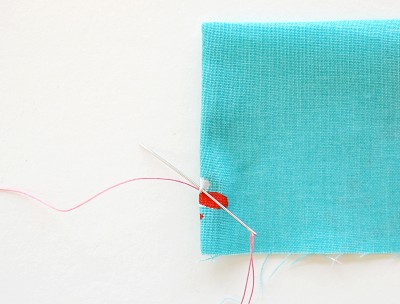
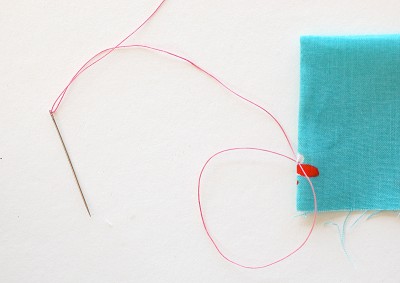
Drop the needle and the end of the thread, and reach through the loop to pull the center of the extending thread through the loop, forming a new loop in the process. Don’t pull the end of the thread through the loop because the goal is to form a second loop.
Tighten the first loop, and proceed in the same manner, forming new loops.
Once the thread chain has reached the desired length, finish by pulling the needle and thread through the final loop to end it.
Finish by taking a stitch into the garment to anchor the end of the loop. Knot the end of the thread, and you’re finished!
If you’re using this technique to make a button loop for the School Photo Dress (View A), make the loop just inside the fold line for the collar (closer to the neck seam than the outside edge of the collar). Once the button and loop are fastened, the rest of the collar will fold over to partially cover them.
If you enjoyed this blog post, why not sign up for our newsletter? It’s free, and you can opt to have new blog posts sent to you by email too!
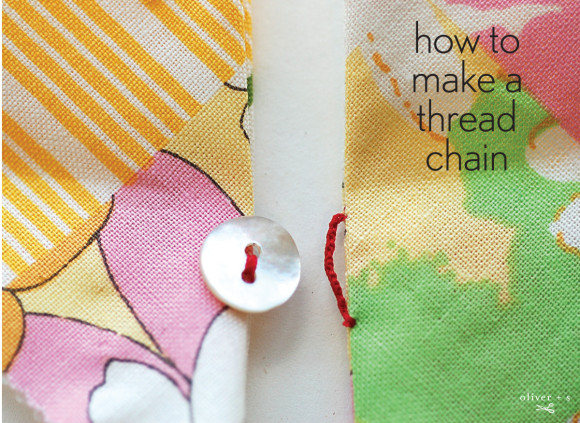
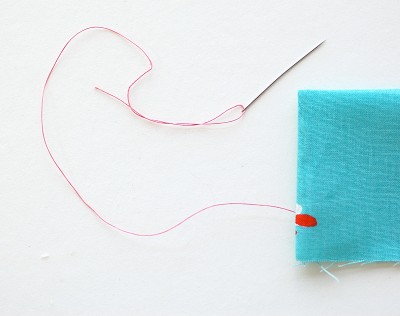
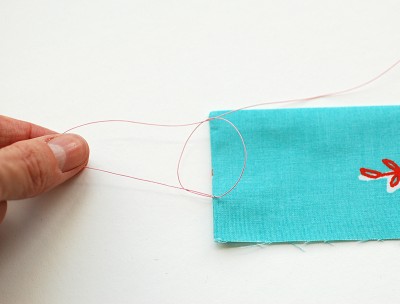
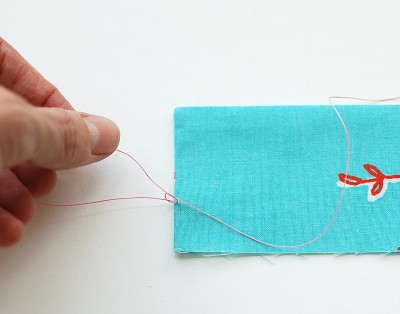

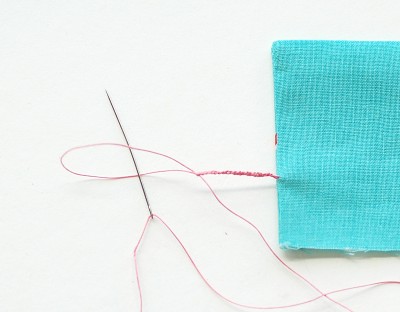
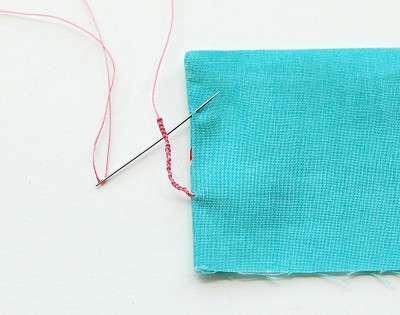
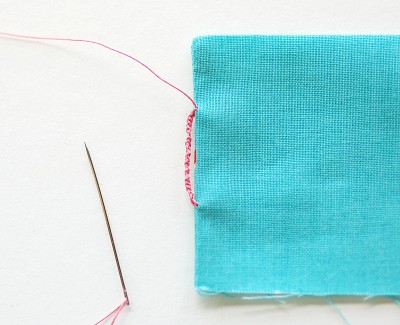
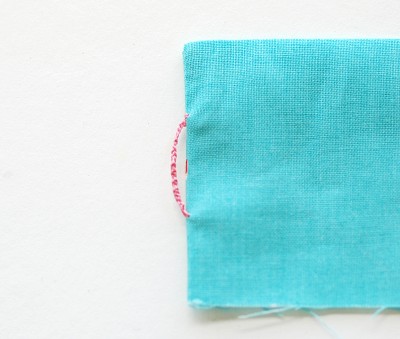
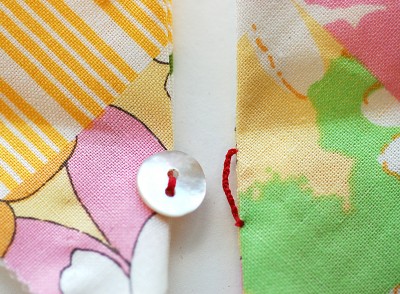
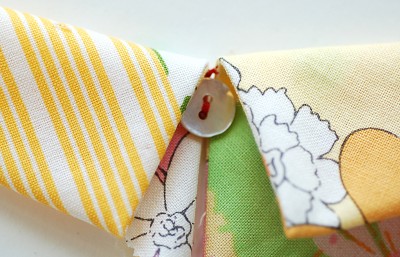
This is so helpful! Just the sort of practical but lovely thing I love to learn about from a blog like yours.
On another note, I wonder if you would consider a post on how to buy good quality fabrics when local options are limited – for example, to Joanne’s. I do buy fabric online, but it is so hard to assess things like print scale, color, weight, etc. from a computer screen. I wonder what you think about the quality at a big chain store like Joanne’s – is it generally bad? Are there some fabrics which are simply more likely to be good quality and others which you have to be careful about? And are there some fabrics where quality really makes a difference, others not so much? I’m wondering about jersey, corduroy, linen, printed woven cottons, and even wools and velvets. Thanks!
I have done thread bars as you described, but I just saw this other thread bar method recently featured in Threads magazine: http://www.threadsmagazine.com/item/14669/thread-bars
Oh, I love that kind! It’s stronger, but it’s also more time-consuming and a little more difficult to make it look even. That sort makes a good button loop if there will be a lot of stress on the loop. For this pattern the loop doesn’t need to be so strong, so the crocheted loop is easier and suits the purpose well.
Thank you for the tutorial. I love your blog and all the beautiful things you create.
Liesl, thank you for explaining the difference between the methods–now I know there are certain areas to use one versus the other!
This was just what I was looking for – thank you!
Wow – this was perfect! I followed your instructions precisely and used a long, long strand of silk that I unraveled from a dupioni I used for a formal dress. It seems nearly impossible to break! The little belt loop was ideal to hold the sash in place.
Thank you so much for posting this! I’ve done this in the past, but couldn’t figure it out…. Came across your tutorial and I was back on track in no time.
I am taking a beginner clothing construction class in college. I couldn’t find a good tutorial on the thread chain. Yours is great. The photos of the process and step by step guide was very helpful and simple to follow. Thank you! I will be coming back to your blog again!
do you used your regular sewing thread?
Yes, all-purpose thread is fine for this. The polyester content makes it a little stronger than an all-cotton thread, although I’ve certainly used an all-cotton thread as well.
I am in the process of sewing a dress. The pattern I am using requires you to create a thread loop as a fastening. I generally just cut a small piece of fabric on the bias to sew a loop. I came across your post and I am so excited to try the thread loop instead. I can’t wait to let you know how it turns out.
Thank You. I had forgotten how to do this. I think you can also use a small crochet hook.
Is there any reason I couldn’t make this with embroidery floss to make it stronger if it would have more stress on it? Or would it be better to make a thread bar in that case?
Since the collar is already finished, there is nowhere to hide a knot in the end of the thread.
What’s the most secure but least bulky way to fasten the initial end of the thread?
Thank you! simple but effective. And so easy when you know how!
Thanks for that. Good to read it rather than utube. I needed a reminder as haven’t done this since l went to school. I am putting a ribbon through a floppy linen sun hat , so perfect result